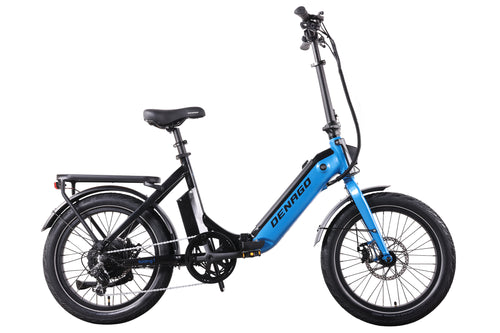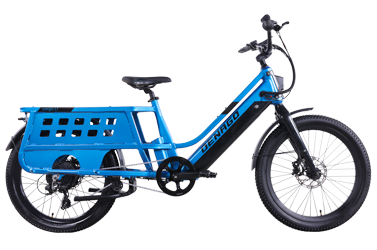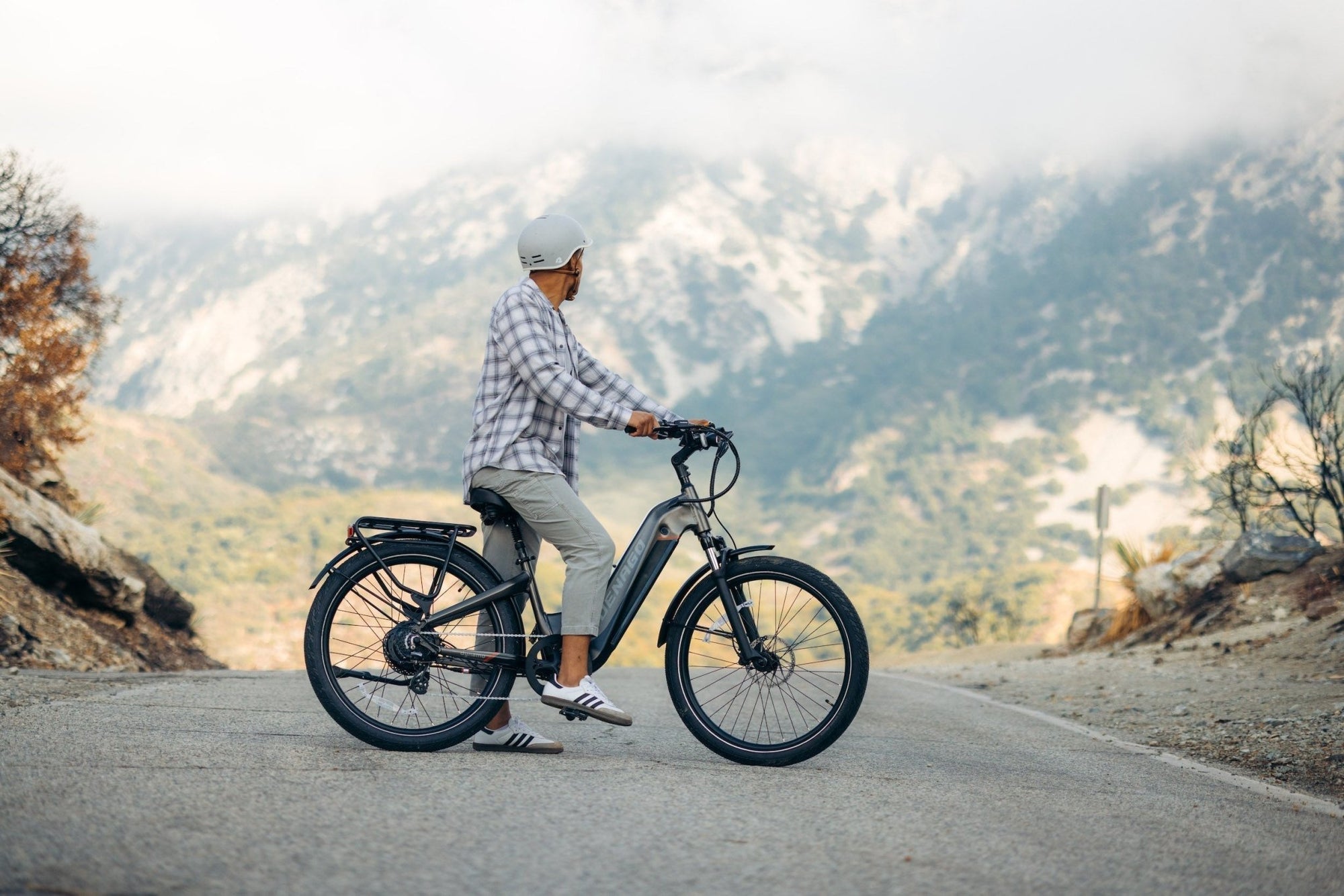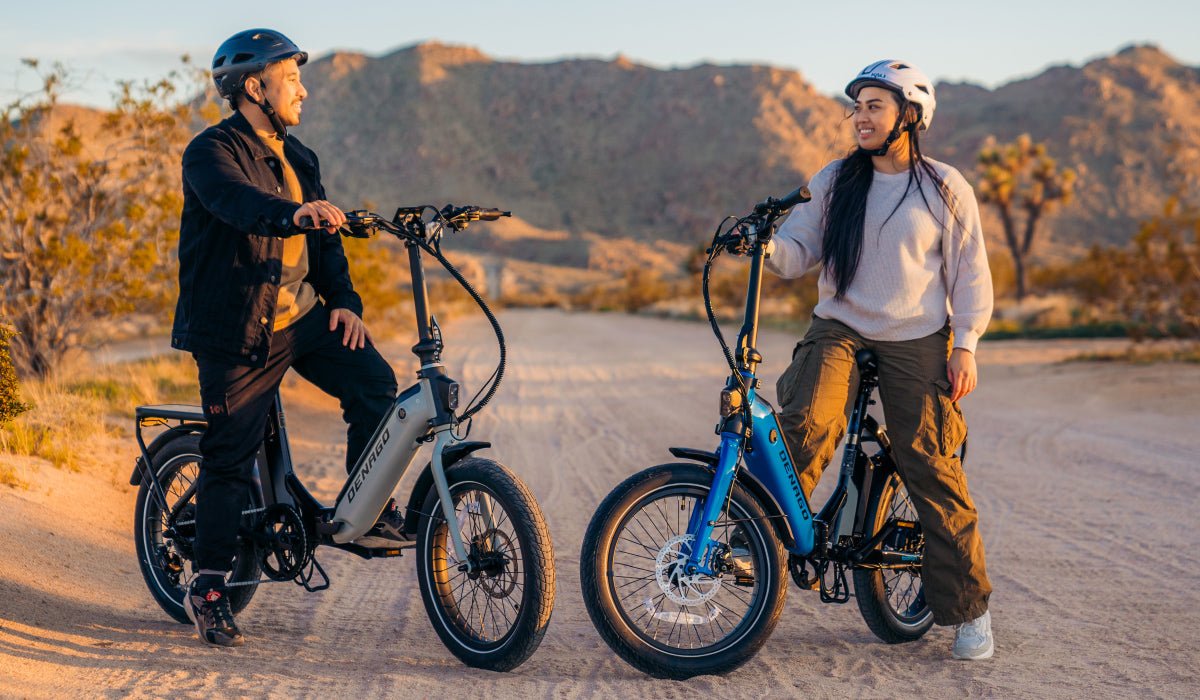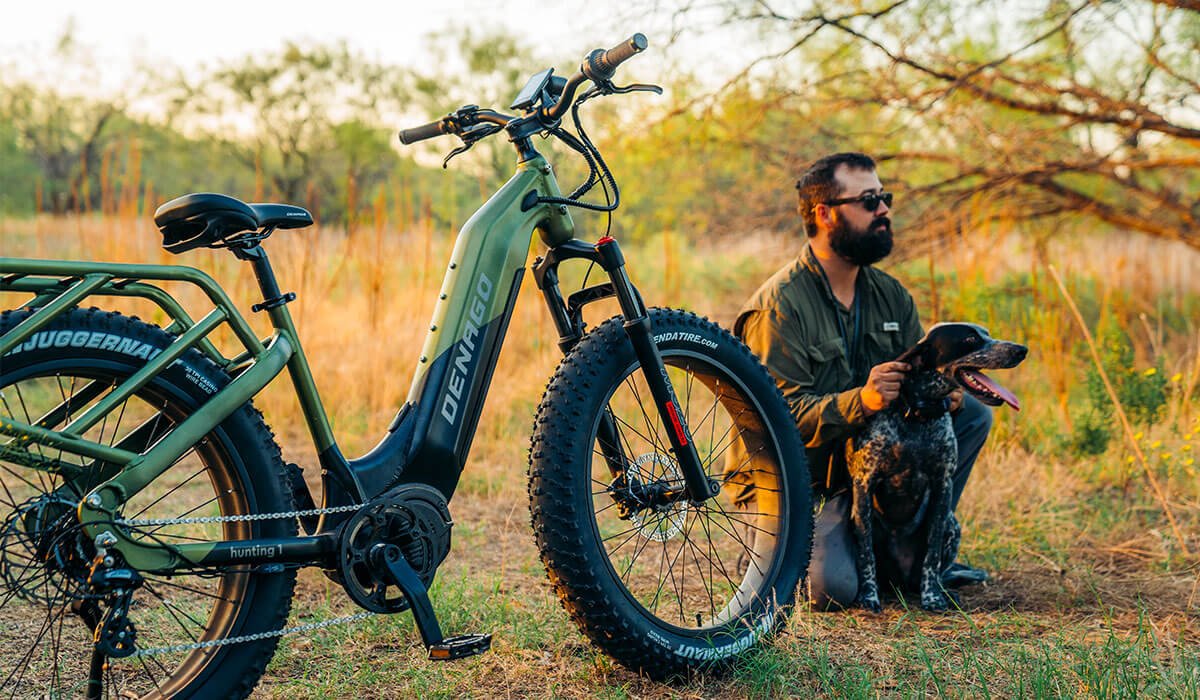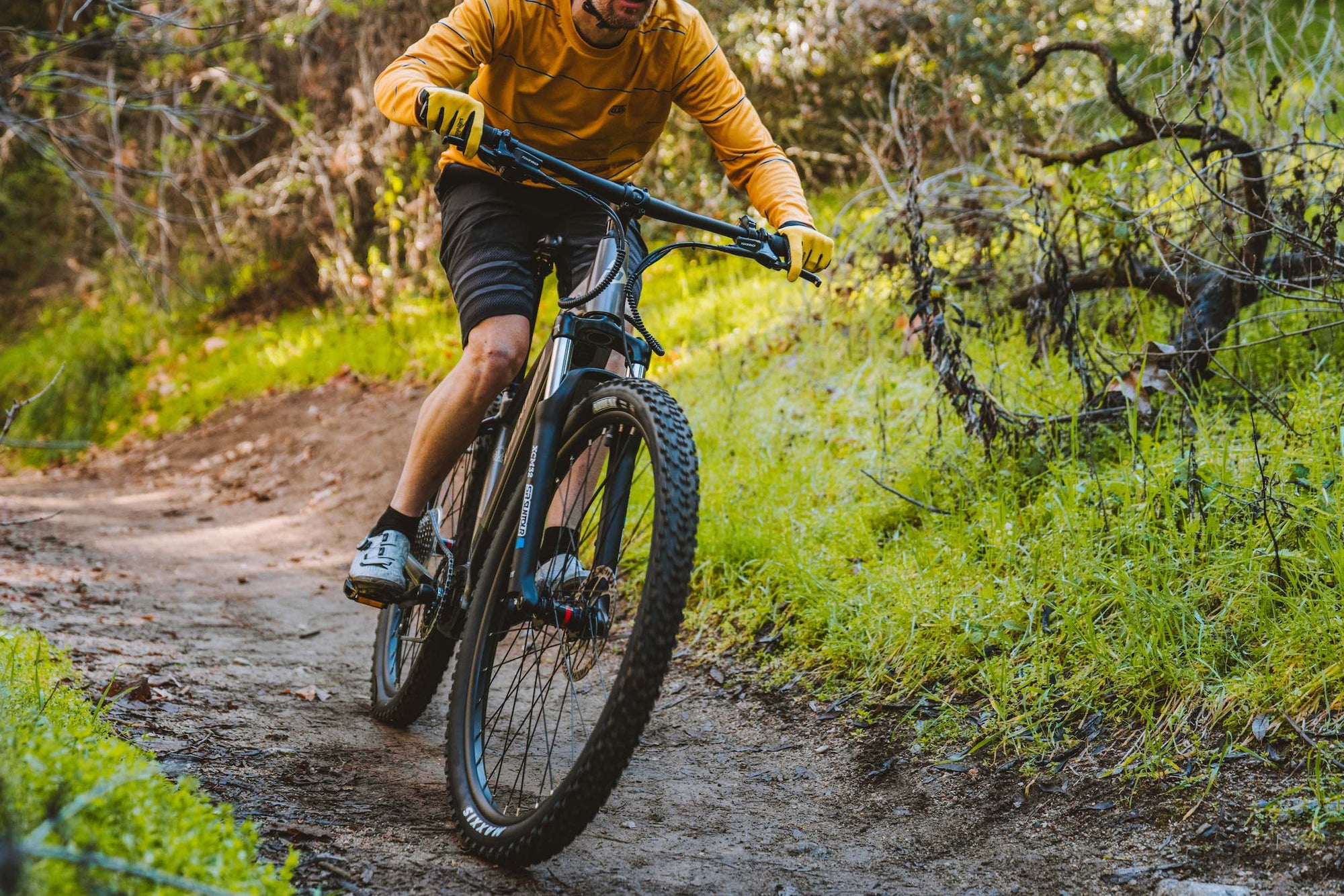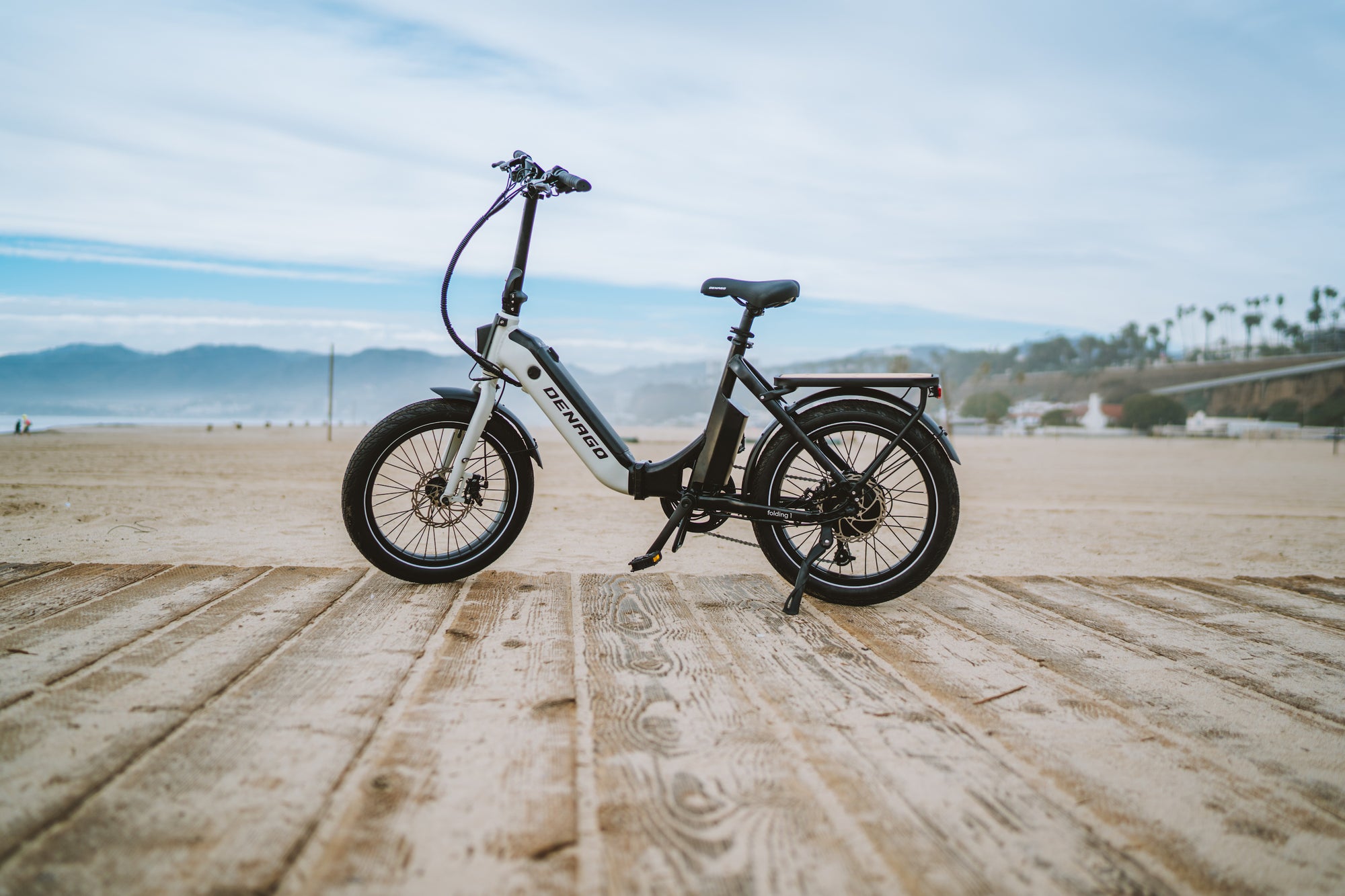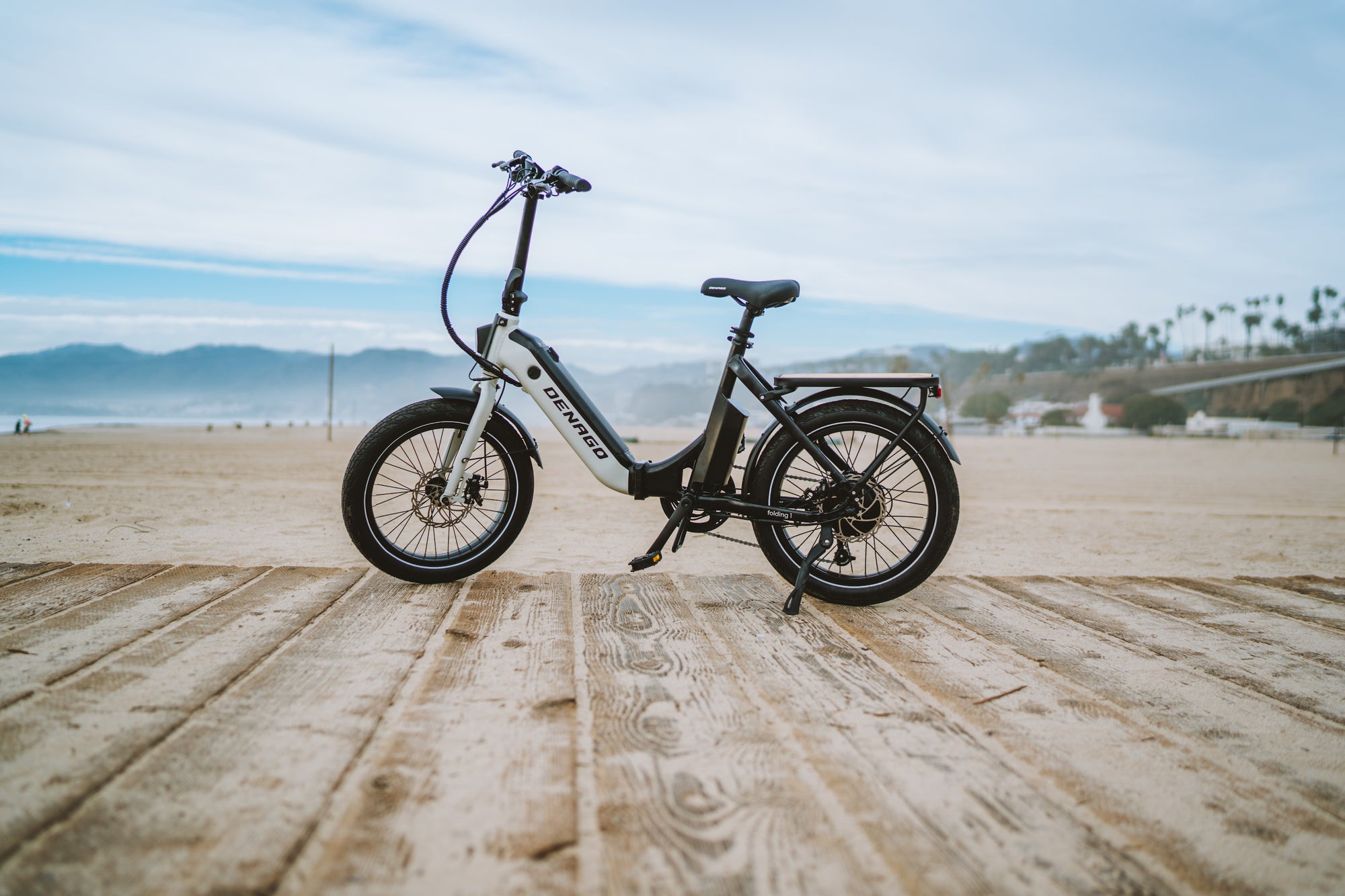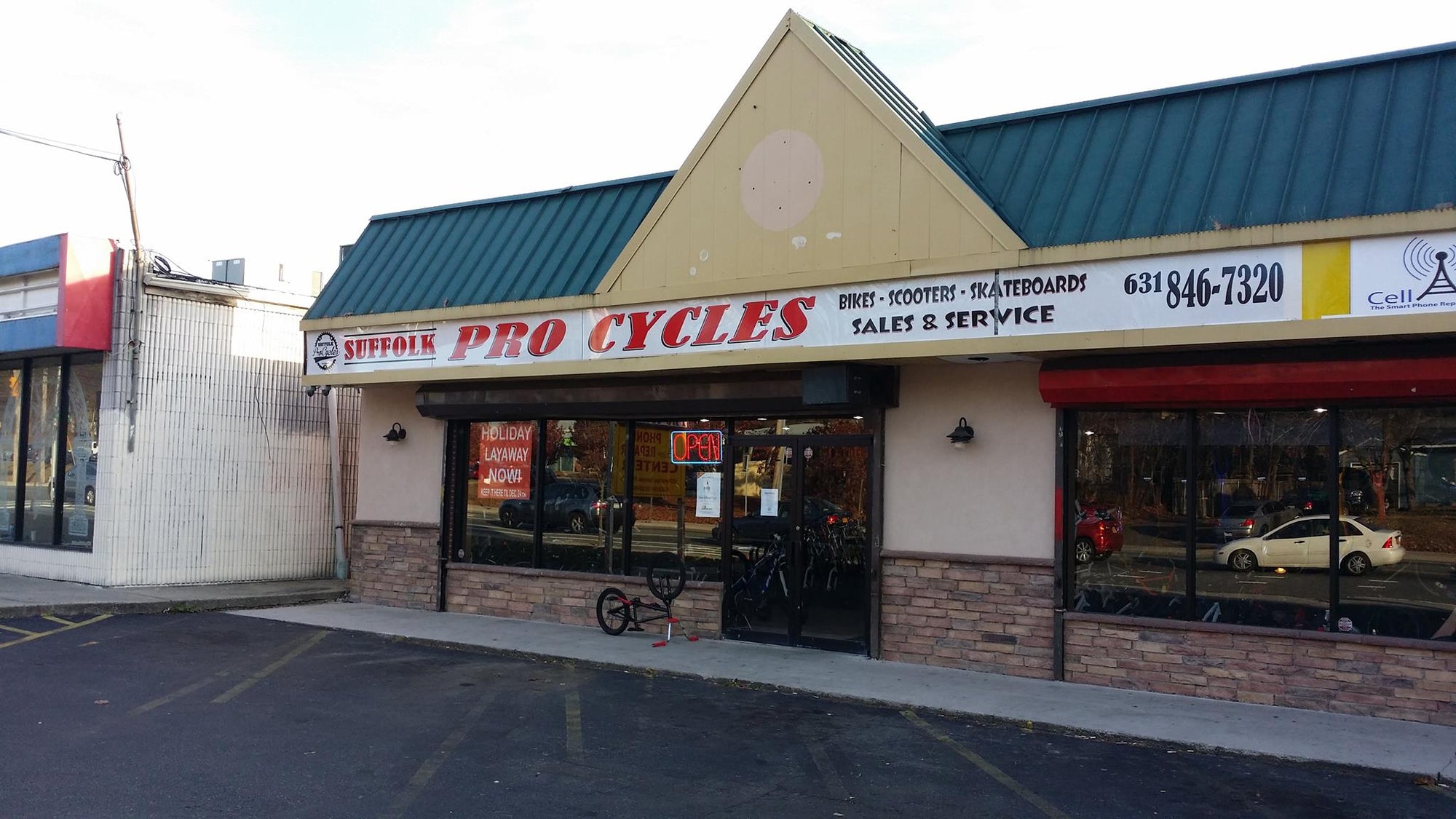When shopping for an eBike, it’s important to make sure that the brand and model you choose is safe, legal, and appropriate for the places you plan to ride. In the United States, many states and municipalities have adopted the Class I, II, III eBike classification system. EBike manufacturers are required to label their products with the appropriate Class I, II, III labels in those states, making it easy for customers to understand the capabilities of specific models.
Class I, II, and III eBikes have some features in common - they all have pedals, and they all have motors that can’t exceed 750 watt output.
Class I eBikes
Class I eBike use a battery and electric motor to provide assistance at up to 20 MPH when the rider is pedaling (pedal assist). Class I eBikes can go faster than 20 MPH, for example, when going downhill, but the electric motor will stop providing assistance once 20 MPH is reached.
EBikes with throttles can turn on the electric motor and propel the bike without the rider pedaling. Class I eBikes cannot have a throttle - they can only provide assistance when the rider is pedaling.
Class II eBikes
Class II eBike work in two ways. First, the electric motor provides assistance at up to 20 MPH when the rider is pedaling, just like a Class I eBike. Second, Class II eBikes include a throttle, which can go up to 20 MPH without the rider pedaling.
This flexibility is ideal for many riders. On a Class II eBike, the rider can pedal for fun, exercise, and fitness, but retain the ability to use the throttle for help when desired without pedaling - like getting over a challenging hill.
Class II eBikes cannot be used in some regions. Off-road trail riding locations, like mountain bike trails, often permit only Class I eBikes. Class II eBikes with throttles cannot be used.
Class III eBikes
Class III eBikes provide pedal assist at up to 28 MPH. These more powerful electric bicycles are capable of higher speeds than their Class I and Class II peers.
You’ll notice that some Class III eBikes have a throttle, and others do not. When Class III eBikes include a throttle, they are usually limited to 20 MPH maximum speed on throttle (even though the bike can go faster when the rider is pedaling). The Denago City Model 1 series eBike falls into this category - up to 28 MPH on pedal assist, and up to 20 MPH on throttle.
Class III eBikes are primarily intended for higher-speed riding on streets and roads, making them ideal for bicycle commuters who want to arrive at work or school without breaking a sweat. They also often feature more powerful motors that produce more torque - ideal for handling headwinds and steeper hills.
You’ll find Class III eBikes are commonly disallowed on bicycle paths, trails, bikeways, horse trails, and hiking trails. The name “Speed Pedalec” is sometimes used - most often in Europe - to describe bikes of this type. Class III eBikes can even be an alternative to electric motorcycles in some cases.
Modifying Class II/III eBikes for more trail access
In a pinch? Some makes and models of Class II and III eBikes offer configurable speed limiters to help.
The Denago City Model 1 eBike, for example, ships as a Class III eBike, capable of 28 MPH on pedal assist and 20 MPH on throttle. It allows the rider to lower the speed limiter on pedal assist, effectively mimicking a Class I eBike. While the frame still carries a "Class III" sticker, these types of modifications can allow more access - just stay on your good behavior and treat other trail users respectfully and you're unlikely to have a problem.
Class IV "eBikes", mopeds, and electric motorcycles
What about “Class IV”, mopeds, and other battery or gas-powered two-wheeled vehicles?
What Class I, II, and III eBikes have in common are pedals - they look and work like traditional bicycles. Mopeds, electric scooters, and other wheeled vehicles without pedals aren’t eBikes and aren’t covered by these Class I, II, and III classifications. Some states call those types of devices “Class IV”. You may also find the Class IV label used on eBikes that go much faster than the 20 / 28 MPH limits.
You may also need a driver’s license or motorcycle license to use a Class IV vehicle. Generally, they aren’t considered bicycles like Class I, II, and III eBikes are, and may need to be registered with the DMV, insured, and so on.
Types of eBikes to avoid
Generally, you should avoid any eBike that doesn’t carry a Class I, II, or III designation. Such models may not actually be legal to ride in some locations. The lack of a Class I, II, III labeling sticker may mean the manufacturer didn't build their products in accordance with federal and state law. Purchasing a Class I, II, or III labeled eBike instead means you can easily understand its capabilities, features, and limitations, especially useful if you travel from state to state.
Helmet Use
We recommend that all riders should wear a helmet when riding any type of bicycle, eBike or not. Some states may have additional requirements regarding eBike helmet use.
Note: helmet requirements may also vary by age: for example, California requires everyone under 18 to wear a helmet when riding any type of bicycle, including eBikes.
Age limitations for eBike riders
As with helmets, states that have adopted the Class I, II, III system may also impose age limitations on eBike riders. For example: in California, only riders 16 and up can use Class III eBikes, while there is no such limitation on Class I and II eBikes.
If you plan to purchase an eBike for a minor, make sure you understand the specific age and helmet limitations that may apply in your state.
Where to get more information
People for Bikes, an industry advocacy group, maintains ebike data on a state-by-state basis. Access it here and click on your state. 36 states have adopted People for Bikes’ model eBike legislation, which attempts to streamline eBike rules and make them consistent from state to state.
Please note: this topic is changing quickly. Make sure to review current laws, rulemaking, and limitations in your location before riding.







